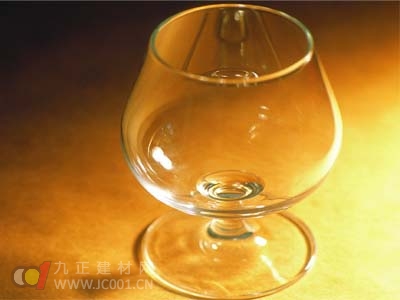Architectural glass is categorized based on its functional properties, and it typically exhibits four main characteristics: clarity, decoration, safety, and energy efficiency. Each type of glass serves a unique purpose in building design and construction.
First, the clear glass characteristics:
1. Clear glass offers excellent light transmission, with visible light transmittance of around 87% for 3mm thick glass and 84% for 5mm thick glass. It allows high transmittance of near-infrared rays from sunlight but effectively blocks far-infrared long-wave heat that reflects off interior surfaces, creating a "warm room effect." It also has low UV transmission, which helps protect interior materials from fading.
2. It provides some sound insulation and thermal insulation properties, making it suitable for both aesthetic and practical use.
3. Glass has a much lower tensile strength compared to compressive strength, making it a brittle material that can break easily under stress.
4. It is chemically stable and resistant to acids, alkalis, and certain gases. However, prolonged exposure to aggressive environments can lead to degradation, such as weathering or mold growth, which may reduce light transmission and damage the appearance.
5. Its thermal stability is limited, meaning it can crack or shatter if exposed to sudden temperature changes.

Second, decorative glass features:
1. Colored flat glass can be used in various combinations and offers resistance to corrosion and erosion, making it easy to clean and maintain.
2. Glazed glass not only has good chemical stability but also enhances the visual appeal of a space with its decorative finish.
3. Embossed, sprayed, opaque, engraved, and ice glass each have unique patterns and textures created through different manufacturing processes. These types of glass offer a wide range of colors, shine effects, and decorative styles, adding visual interest to any structure.
Third, safety glass properties:
1. Tempered glass is known for its high mechanical strength, elasticity, and thermal resistance. It breaks into small, blunt pieces, reducing injury risk, though it can sometimes self-explode due to internal stresses.
2. Laminated glass, when broken, holds together due to its PVB interlayer, preventing debris from scattering. It also provides temporary fire resistance and can help deter break-ins.
3. Laminated glass also offers high impact resistance, transparency, and durability, making it ideal for applications where safety and aesthetics are both important.
Fourth, energy-saving and decorative glass:
1. Colored glass efficiently absorbs solar heat, helping to reduce cooling costs. It softens transmitted light and blocks harmful UV rays, protecting interiors while enhancing the building's visual appeal with vibrant, long-lasting colors.
2. Coated glass improves insulation but may cause light pollution if not properly designed, affecting surrounding areas.
3. Insulating glass combines excellent optical performance with strong thermal insulation, condensation resistance, and soundproofing capabilities, making it an ideal choice for energy-efficient buildings.
The design of various styles, capacities and colors is widely applicable to the needs of different specimen collection and experiments such as sputum, urine, feces, semen, etc.
Single and multiple packages, EO or gamma ray sterilization.
Bar codes can be preset according to customer needs.
The selection of high-quality materials, exquisite molds and craftsmanship, good product sealing, effectively prevent specimen leakage and contamination, convenient for preservation and transportation, and avoid patients and medical staff from contacting the specimens, and it is safe and reliable.
It has good chemical tolerance and no biological toxicity, ensuring the quality control before analysis, and providing a strong guarantee for the standardization of specimen testing.
Specimen Cup,Urine Sample Cups,Sterile Specimen Cups,Urine Collection Cup
Yong Yue Medical Technology(Kunshan) Co.,Ltd , https://www.yonyue.com